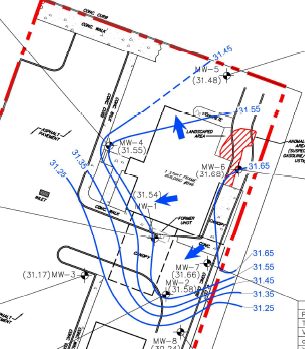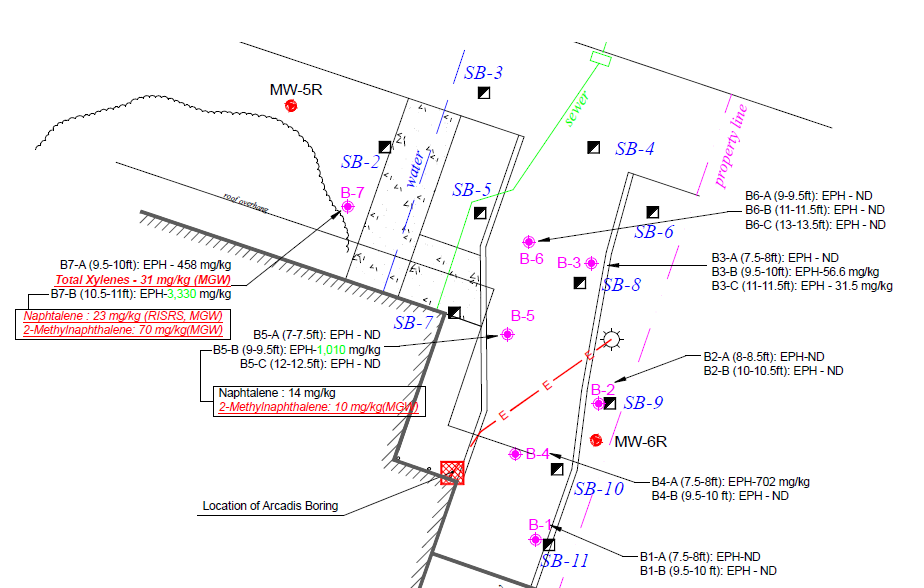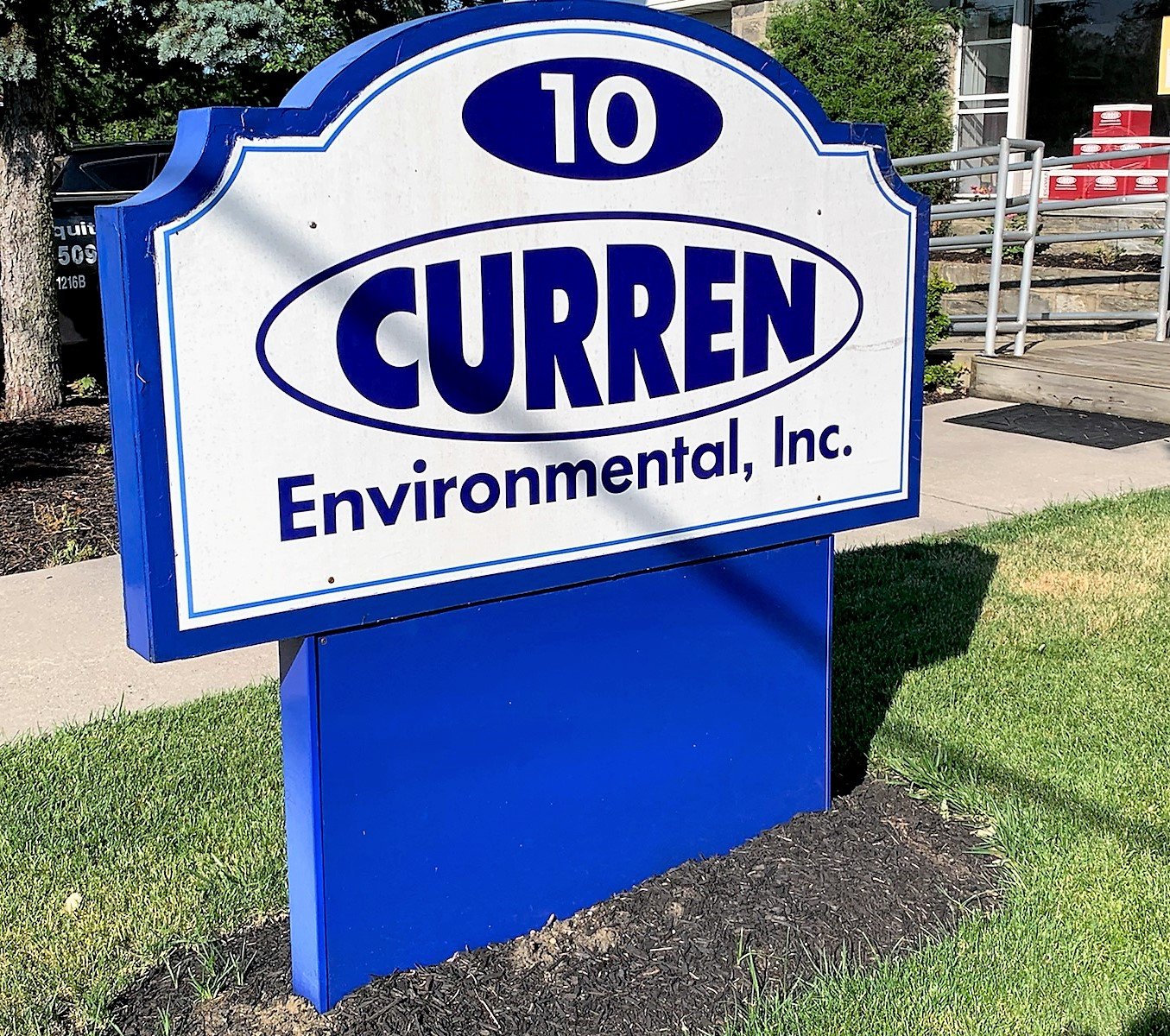Ground Water Classification Exception Area (CEA) Guidance

Often times it is not possible, practical or economically feasible to remediate groundwater to below applicable groundwater standards. When you are below standard you would be considered "clean". When you are above standard you are contaminated, to speak in layperson terms.
There is an in between area to bridge the gap between clean and contaminated called a Ground water Classification Exception Area (CEA).
Take a typical retail gasoline station, that has operated for decades, and is going to close because cars are now electric and a drive thru coffee shop would now be the Highest & Best use of the site. Like when you spill a few drops of coffee when you pour a cup, the gas station suffered the same clumsiness for years and there is groundwater and soil contamination that needs remediation. The ENTIRE property to all four sides and to top of groundwater gets excavated, soil is clean, but groundwater is not. The gas station is gone so zero potential to add future contamination, but groundwater has been contaminated and that contamination has migrated across the property boundary to the shopping center next door.

Remediation of groundwater is prohibitively expensive if it will even be achievable, so we can approach the groundwater contamination by permitting the contamination with a CEA. Obtaining a CEA involves first defining the extent of the groundwater contamination or plume. This is typically completed with a Geoprobe unit and the installation of temporary well points. The temporary wells points are followed up with permanent wells that are sampled quarterly. Regarding this example it includes testing on off site properties with the owners permission. Once the area of contamination is defined (this is called the plume), you now monitor the water so you can establish a declining trend of contamination. Remember tanks gone, soil remediated, groundwater petroleum compounds in theory should degrade. You need to be able to model a degradation trend for the contamination and estimate when in the future groundwater quality will be below standard. It should be anticipated that a minimum of eight (8) rounds (4 quarters) of ground water samples will need to be collected on a quarterly basis over two (2) to show continuing degradation of the ground water contaminants. If you can achieve this or something similar (sometimes you can't predict a date in future where groundwater will be within standard so the duration of the CEA is INDERTERMINANT).
A Classification Exception Area or CEA serves as an institutional control by providing notice that there is ground water pollution in a localized area caused by a discharge at a contaminated site. The area and depth of ground water pollution will be determined based on actual ground water contamination, as well as fate and transport modeling. The LSRP will submit to NJDEP establishing a ground water CEA as part of a remedial action for ground water that does not meet the NJDEP ground water quality standards. One (1) down gradient sentinel well is installed to monitor the downgradient direction of the CEA extent and ensure that the plume does not move past known areas of contamination as groundwater flow is mobile..
A CEA/Well Restriction Area (WRA) Fact Sheet Form is completed which will include a tabulation of the ground water data acquired from the monitoring well locations. The preparation of the CEA will include the modeling of fate and transport of Contaminants of Concern (COC) as well as the COC degradation products. Applicable maps, cross-sections and contour plans will also be produced as attachments. The CEA includes the evaluation of the current and future water use in the area as well as notification to local, county and regional health departments.
At the end of the two years and groundwater sampling data shows a degradation of compounds, a CEA can be established for the area of groundwater contamination. Historically at this point the site would receive a conditional No Further Action (NFA) or today a Remedial Action Outcome or RAO. These determinations are conditional and become final at a future point in time where the wells are sampled and laboratory analysis shows that the contamination in the groundwater has attenuated to below regulatory levels.
There are annual fees paid to NJDEP for the privilege of owning a contaminated site until you actually achieve compliance with groundwater standards, so a CEA of 20 years would expect to pay fees for 20 years. Practically speaking you will likely seal most all monitoring wells to ensure that you do not create a path for contamination to follow to impact groundwater during the duration of the CEA.


